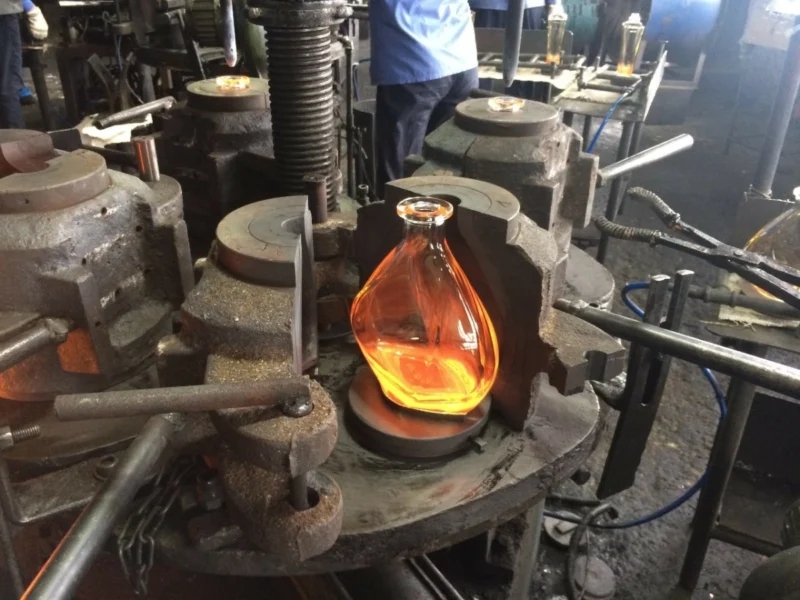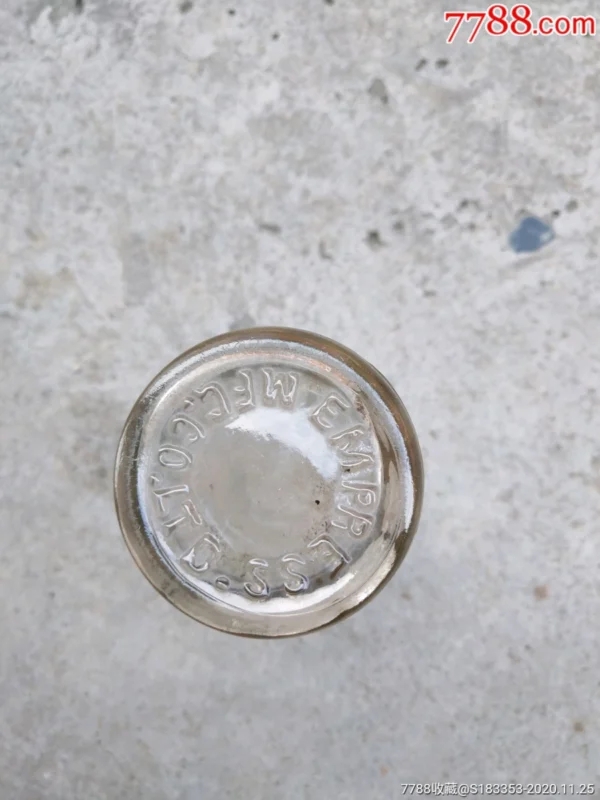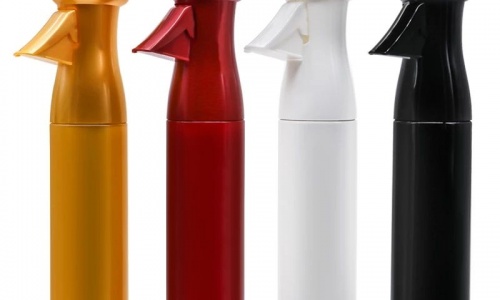
Have you ever wondered why all glass bottles have textured bottoms? It’s a fascinating feature that serves multiple purposes and has a rich history in the world of bottle manufacturing. In this article, we’ll delve into the reasons behind this unique characteristic, explore the techniques used by bottle makers throughout history, and shed light on some lesser-known aspects of glass bottle production.

In the early 20th century, when glass bottles were primarily handcrafted, a technique called open pontil scar was commonly used. This technique involved removing the bottle from the mold while the glass was still hot, leaving a distinctive scar on the bottom known as the pontil scar. The presence of this scar indicated that the bottle was hand-blown, adding to its authenticity and value. Antique glass bottles with pontil scars are highly sought after by collectors and enthusiasts.
As the demand for glass bottles grew, manufacturers began to adopt new production methods, such as machine-made bottle manufacturing. These modern techniques eliminated the need for pontil scars, resulting in smoother bottle bottoms. However, the absence of a scar made it difficult to distinguish between hand-blown and machine-made bottles.

To overcome this challenge, glass makers introduced textured bottoms as a visual indicator. The textured patterns, typically in the form of bumps or indentations, provided a distinct characteristic that machine-made bottles lacked. By incorporating these textures, bottle manufacturers maintained a connection to the traditional craftsmanship of glassblowing while embracing technological advancements.
Textured bottoms also serve a practical purpose. They act as stabilizers, preventing bottles from easily slipping or rolling off surfaces. This feature is particularly important for liquor bottles, wine bottles, soda bottles, and mineral water bottles, which often need to be stored upright. The textured bottoms create friction and enhance stability, reducing the risk of accidents and breakage.
Furthermore, bottle manufacturers utilize the textured area on the bottle’s bottom to display important information. The bottle’s maker’s mark, a unique identification mark indicating the manufacturer, can be embossed or engraved on the textured surface. This allows consumers and collectors to trace the origins of the bottle and identify its producer.
While the presence of textured bottoms is widespread in glass bottles, it’s important to note that not all bottles have this feature. Some modern designs opt for a smooth and sleek look, eschewing the traditional textured bottoms. However, even in these cases, the bottles are often designed with subtle contours or a raised rim on the bottom to provide stability.
the textured bottoms of glass bottles serve both practical and aesthetic purposes. They originated from the need to differentiate between hand-blown and machine-made bottles while maintaining stability and preserving the tradition of glassblowing. These unique features have become a defining characteristic of glass bottle packaging, providing valuable information and enhancing the overall experience for consumers and collectors alike.
So the next time you pick up a glass bottle, take a moment to appreciate the textured bottom—a small detail that holds a wealth of history, craftsmanship, and functionality.
Afshan’s products are all in line with environmental protection requirements. We have ISO14001:2015 management system certification. We provide various bottle packaging made of environmentally friendly PET, HDPE, PP, and glass. You can go to Afshan’s product center to learn more.






